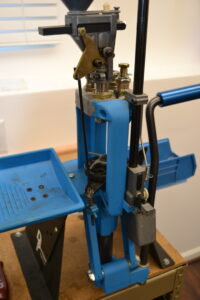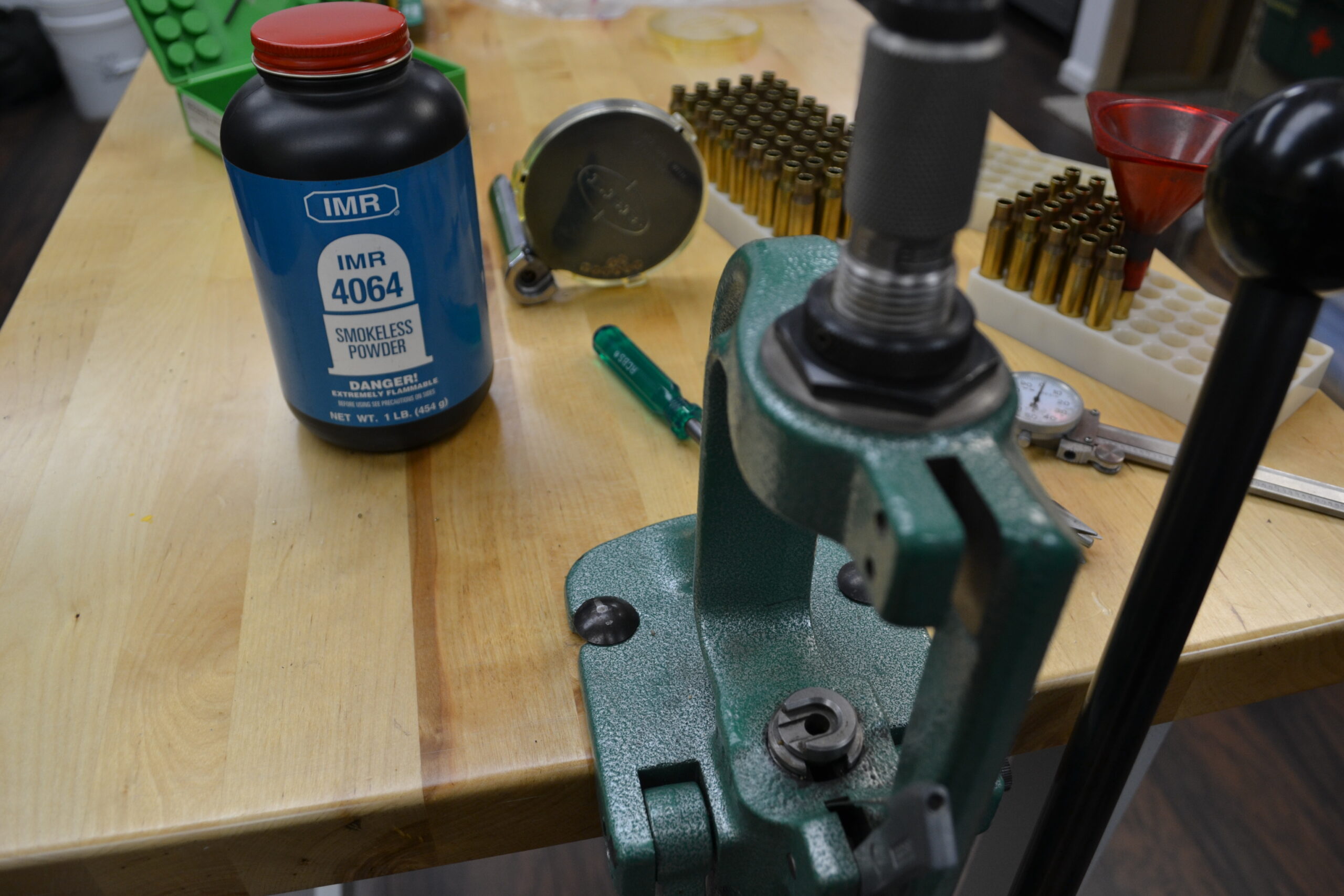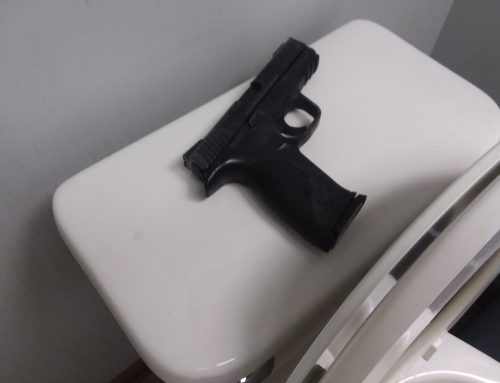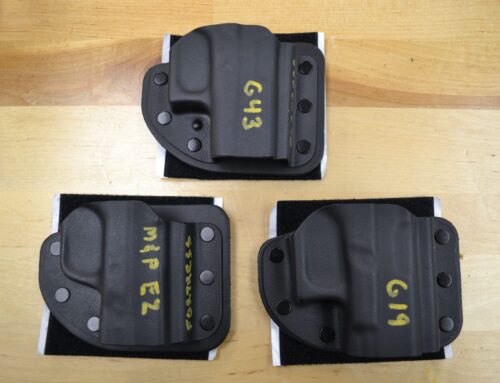“The cost of a thing is the amount of what I call life which is required to be exchanged for it, immediately or in the long run.” – Henry David Thoreau
I’m often asked my opinion on ammunition reloading, with the question (usually) rooted in one of two concerns:
– Cost savings
– Potential lack of ammunition availability during crisis.
As someone who has occasionally loaded his own ammunition, my basis for doing so wasn’t based in either of those motivations (the exception being two specific rifle calibers that are obscenely expensive.)
My motive for reloading has been the ability to tune ammunition to specific rifles. I was shooting long range and .50BMG matches 20+ years ago, and it required customizing loads to squeeze every last ounce of accuracy possible out of a rifle.
I purchased the majority of my presses, dies, and components in the 90’s when the dollar bought far more than what it does today. The only additions being dies and components for .338 Lapua, as I acquired a rifle chambered for it a few years ago as a substitute for 50BMG. Far more range and accuracy, with far less recoil and potentially detached retinas. Loading for what little long range shooting I engage in is not a costly enterprise since I made my original investment in equipment 30-years ago and .338 retails from 6 to 8 dollars a round.
My opinion on cost savings of ammunition is that the vast, vast majority of gun owners will never shoot enough to make back their investment in time, equipment, components, and mistakes, in order to justify reloading. Most asking my thoughts on the subject are going to be pistol and battle rifle users, not those attempting 1000-yard accuracy.
So, we need to be honest about what we’re getting into. If one wants to reload 9mm, it’s going to cost a couple thousand dollars to buy a multi-stage progressive press, a scale, bullet puller, case gauge, dies, dial caliper, tumbler, tumbler media, and components. And that’s just for one caliber.
Sure, one could go with a single stage press and save a few hundred dollars, but that’s a time vacuum of tedium most won’t withstand.

The basic Dillon 550 4-stage press retails for $600+tax. Additional dies, shell plates, and powder funnels are required for each caliber one wants to reload.
There’s also hazmat (hazardous materials) costs when mail ordering powder and primers. One pound of powder may list at $45, but after tax, shipping, and Hazmat fee, the price doubles
Of course, Cabela’s and many gun shops sell components over-the-counter without a hazmat fee attached, but, again, we’re spending time and gas to pick those supplies up.
A pound of powder will produce about 1200-rounds of 9mm.
1000 bullets are around $80 (plus shipping, if mail ordering.)
1000 primers are around $70 (plus shipping and hazmat if mail ordering)
So, even if you pick all your supplies up over the counter, you have over $200 w/tax invested. You still have to clean and inspect the used brass you spent 20-minutes groveling on the ground to collect – then you have to load it.
Another consideration is that all expended cases have a limit on how many times they can be reloaded. Brass liquefies and flows for a microsecond when fired, which alters the thickness. Each time it’s fired, a case becomes a little thicker at the base and a little thinner at the mouth. The heat also effects malleability, which limits how many times cases can be re-sized. So, eventually, new, or once fired brass, will have to be acquired to keep the enterprise going.
Acommon occurrence with 5.56/.223 cases that are reloaded one too many times is the top third of the case separates and is left behind in the chamber upon extraction. Then, the next live round is driven inside it during the bolt cycle, but the rifle won’t fire because the bolt won’t go forward all the way. Generally, the live round will eject, but the problem repeats with the next round, and a vicious cycle begins where the operator keeps manually cycling and ejecting live rounds and can’t figure out why their rifle won’t fire. This is not a a quick fix in the field, and not something I’m interested in dealing with during a fight…or, for that matter, anytime. To quote John Farnam, “Life sucks already, why make it worse?”
And then there’s the learning curve. Mistakes will happen when learning how to reload, and they can end up costing anywhere from a few ruined components to a blown up gun.
During my career, I’ve seen 3 pistols on my firing line detonate from student or range provided reloads. I’ve seen countless squibs and functionality issues due to substandard reloading practices. It’s so predictable that we sternly request students only attend our classes with factory ammunition.
Massad Ayoob puts it this way: Do you really think you can produce a higher quality product than Winchester can with their fully automated, computer-controlled line and 20 full-time engineers?
It’s doubtful.
At this time 115-grain 9mm can be had for $250 a case. To me, getting into reloading seems like a massive undertaking for little return.
Now, if you’re just looking for a hobby and like to tinker with such things, more power to you. Let’s just not pretend our bank accounts will come out ahead.
On to the second common motivation: the apocalypse! (Or, TEOTWAWKI, grid down, civil war, alien invasion, economic collapse, etc…)
Well, for argument’s sake, let’s say we find ourselves in such an event. There are some basic practicalities people are failing to consider.
1. Electricity requirements for digital scales, case trimmers, tumblers, etc… If you think the lights are going to go out, you’ll need a plan B. And if the lights go out, we’re to point #2…
2. Time. If we’re all just trying to stay alive (think SC flood situation) when is all this reloading supposed to occur? Personally, in some black swan event, I want all my ammunition ready to go and charged in magazines, not in pieces that require assembly from a shelf in my now flooding basement.
[“Frank, I have a generator [or solar]!” Great! Do your neighbors? Even if you have power, in any extended crisis, your hands are going to be full.]
3. Components. Where are we getting all these primers, powders, and projectiles?
“We buy and store them ahead of time!“, many will say. My reply: why, pray tell, have you not turned those existing components into live rounds while you have time and proper lighting to do so? Why wait? Isn’t ammunition ready for use a better plan for troubled times?
And, if it is a better strategy to have pre-built ammunition on the shelf, then buy it in bulk when the price is down. Like now! Spend the reloading equipment budget on waterproof transport containers and extra magazines.
4. Do we really think in our wildest fantasies we’ll be picking up our brass off a battlefield? Sure, I get it, there’s an in-between condition where perhaps ammunition sales have been banned by some heavy-handed regime and reloading seems like a cure to keep existing hunting rifles and shotguns going. But, really, just stock up now on factory ammo for the next three generations of your family. Then your reloading time can be spent cultivating skills, getting in shape, training, or running for local office.
5. In the event one has to emergency relocate (bug out), is it more efficient to grab the 500-rounds in the water right ammo can, or to start unbolting the press fastened to the workbench?
6. Presses, and reloading equipment in general, break. If one doesn’t have spare parts, the entire operation can come to a screeching halt with a single broken de-capping pin.
7. How much factory ammunition do you possess, now? If you have 1000-rounds of pistol ammo, where, exactly, do you expect it all to go? I mean, why are you shooting it during a crisis? Is it being burned up in gunfights? If so, I highly doubt any of us will survive 1000-rounds of handgun fighting. I’m not trying to be bleak, just realistic. Now, I’m all for having more rounds than we’ll ever use – we never know when we’ll have to supply and train others. All I’m saying is that reloading as a logistics solution during wartime is a pipe dream. Which brings us to my last point…
8. The mini-factory/partisan supply chain theory. This is where a person thinks they will be producing ammunition for the “resistance” during a “Red Dawn” occurrence.
There is no future disaster scenario where any of us develop the capabilities to manufacture extruded powder and primer compounds. These are chemical processes beyond garage technology (YouTube videos notwithstanding.) Whatever the potential event, it will be a come as you are affair, so stock up now [IF that’s the concern].
Lastly, my advice to those who already own reloading equipment and components: turn ALL of it into live rounds, NOW!
Deriving comfort from 2000-rounds worth of components on the shelf is no different than those who buy guns when they’re scared and then never learn to use them. It might as well be a rabbit’s foot.
For all of us, my advice is to buy lots of factory ammo and spend our time training.
“Ignorance and superstition ever bear a close and mathematical relation to each other.” – James Fenimore Cooper





